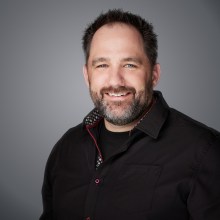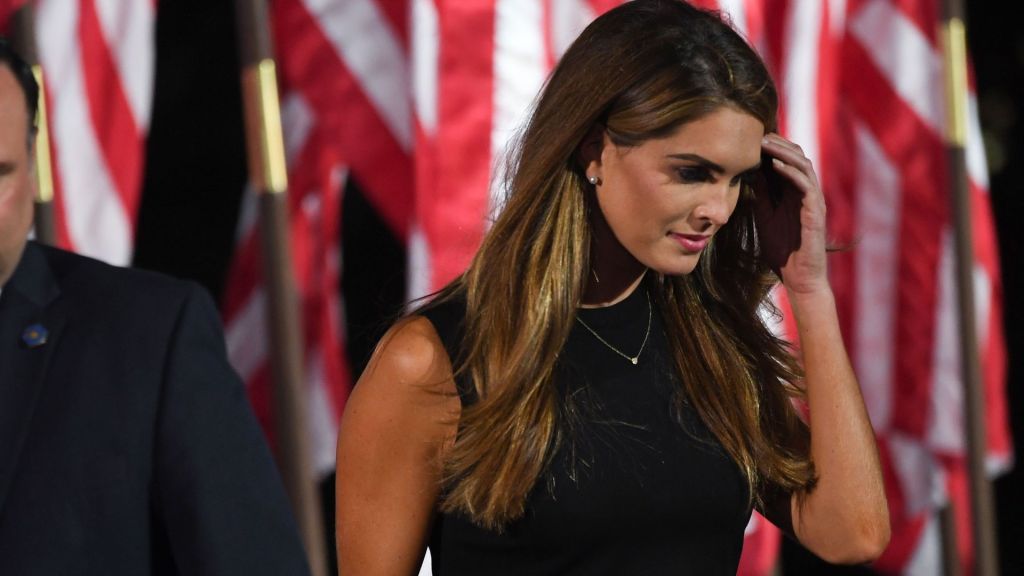
Chris Field: A pair of mass shootings in May captured the attention of the U.S., leading to calls from lawmakers on the left and right to raise the minimum age for rifle purchases from 18 to 21.
Rep. Steve Cohen, D-Tenn.: “When somebody who’s 18 years old and right after their birthday they go and one of the first things they do is buy an assault weapon, that should be a red flag. Where is that person coming from? That’s what they want on their 18th birthday is an assault weapon? They got a problem.”
Rep. Hank Johnson, D-Ga.: “Let’s raise the age of purchase to 21 years of age.”
Rep. David Cicilline, D-R.I.: “This will make sure that you have to be old enough to have some mature judgment before you can own an assault rifle.”
Rep. Adam Kinzinger, R-Ill.: “I think that raising the age of gun purchase to 21 is a no-brainer.”
Chris Field: To make the push for such a change, one lawmaker, Connecticut Sen. Chris Murphy, claimed that most school shooting killers are 18 or 19 years old.
PolitiFact looked at Murphy’s claim and ruled it “mostly true.”
The truth, though, is quite different and has a marked impact on the push to change the law.
That’s our topic for this edition of “Fact Check Check.”
Sen. Chris Murphy, D-Conn.: “I want to get rid of these assault weapons, but maybe we can find common ground on just limiting who can get access to them. Maybe say you have to be 21 instead of 18, seeing that most of these killers tend to be 18, 19 years old.”
Chris Field: It’s true that the shooters in Buffalo and Uvalde were both 18 years old, but is that the case for most of the killers the senator was referring to?
PolitiFact wanted to know, so Murphy’s office pointed PolitiFact to a Washington Post database that tracks every act of gunfire at elementary and secondary schools since the 1999 Columbine massacre.
The Post’s database, which included shootings in which someone did not die, revealed that about 70% of school shooters were under 18. And the median age is 16.
In fact, the number of 15-year-old shooters is twice the number of 18-year-olds, three times the number of 19-year-olds, and nearly eight times the number of 20-year-olds.
PolitiFact cited the fact that 70% of school shooters were under 18, but then ruled that Sen. Murphy’s claim was “mostly true,” even giving him credit for “slightly understating the case.”
Our ruling on this fact check?
Flat out false.
Most school shooters are not 18 or 19 years old. Most school shooters are minors who are already banned from buying the weapons Sen. Murphy is worried about.
PolitiFact knew that the facts cited by the senator directly contradicted his claim, but they ruled it true anyway.
That’s just the latest evidence that fact checkers need their own fact checks.






